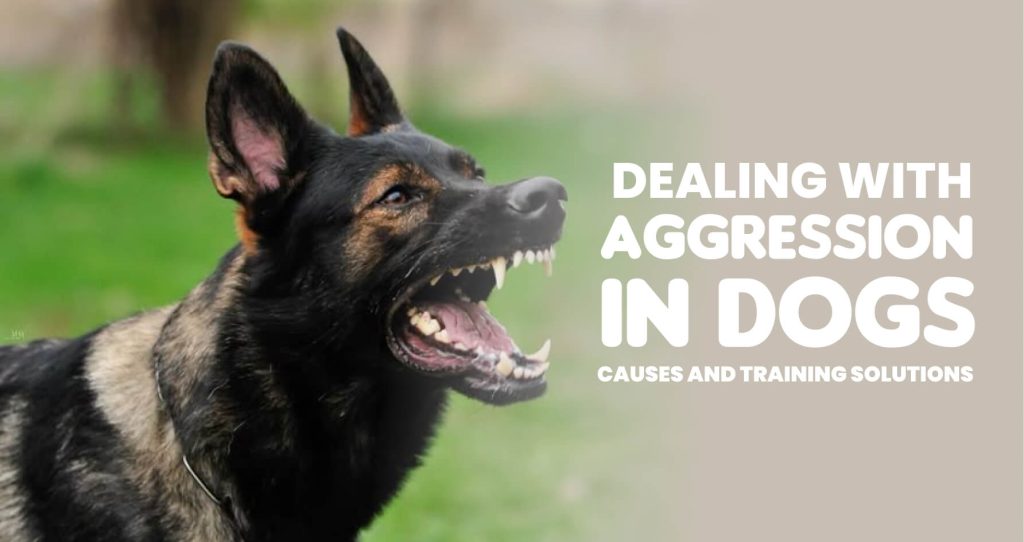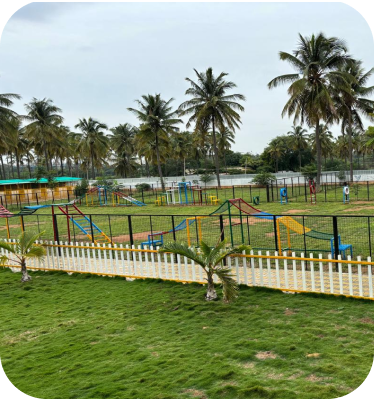Aggressive behavior in dogs can be worrying for any pet parent. Whether it’s growling, barking, snapping, or even biting, these signs can cause concern and confusion. But aggression doesn’t mean your dog is “bad” or beyond help. With the right understanding and training approach, most aggressive behavior can be managed or even corrected.
At Chippis Pet Boarding and Training in Varthur, Whitefield (Bangalore), we work with dogs of all temperaments and help pet parents turn frustration into calm and control.
In this blog, we’ll help you understand:
- The common causes of dog aggression
- How to identify early signs
- Professional training solutions that actually work
Why Is My Dog Showing Aggression?
Aggression is often a symptom, not the root problem. Dogs behave aggressively due to a variety of triggers. Here are some common causes:
1. Fear or Anxiety
Fear-based aggression is very common. A dog that feels cornered or unsafe may lash out to protect itself. This is especially common in rescue dogs or those with traumatic histories.
2. Possessiveness (Resource Guarding)
If your dog growls when someone approaches their food bowl or toy, they might be resource guarding. This kind of aggression comes from insecurity or dominance issues.
3. Territorial Behaviour
Dogs may become aggressive when they feel their home or family is being threatened. Barking at strangers or lunging at other pets can be signs of territorial aggression.
4. Pain or Medical Issues
Sudden aggression could be a sign of discomfort or pain. Conditions like arthritis, dental pain, or infections can make a dog more irritable.
5. Lack of Socialisation
Dogs that aren’t exposed to different people, pets, and environments during puppyhood may become reactive later in life. Socialisation is key to confidence.
Recognising the Signs Early
Aggression doesn’t always appear suddenly. There are usually warning signs, including:
- Excessive growling or barking
- Lunging or snapping
- Rigid posture or intense staring
- Tail tucked or hair raised on the back
Catching these signs early can prevent things from escalating. If you’re noticing any of these behaviours in your dog, it’s time to seek professional help.
Training Solutions at Chippis
At Chippis Pet Training Centre in Whitefield, we use positive reinforcement and behavior-based training to correct aggressive tendencies. Here’s how we approach it:
1. Behaviour Assessment
Every dog is different. Our first step is a detailed evaluation to understand the root cause of aggression — whether it’s fear, dominance, or a learned habit.
2. Structured Obedience Training
Commands like “sit,” “stay,” and “leave it” help create a base level of control. When dogs understand structure, they feel safer and more confident.
3. Desensitisation & Counter-Conditioning
For fear-based aggression, we gradually expose the dog to triggers in a controlled environment while rewarding calm behaviour. Over time, the negative response is replaced with a positive one.
4. Owner Involvement & Consistency
Training doesn’t stop at Chippis. We involve pet parents in every step of the process and provide guidance on how to maintain behaviour at home.
5. Safe Boarding Environment
If your dog is enrolled for training and boarding, our team ensures a secure and enriching environment, especially for dogs with aggression issues. Our facility in Varthur is equipped to handle special behavioural needs.
Conclusion
Aggression in dogs can feel overwhelming, but it’s important to remember that it can often be managed with the right guidance and patience. Understanding the cause behind the behavior is the first step toward positive change. At Chippis Pet Boarding and Training in Whitefield, we believe that every dog deserves a chance to live a calm, confident life. With structured training, early intervention, and support from experienced professionals, aggressive behavior can be transformed into balanced behavior.
If you notice signs of aggression in your dog, don’t wait for it to escalate. Early training can make a significant difference for both you and your pet.




